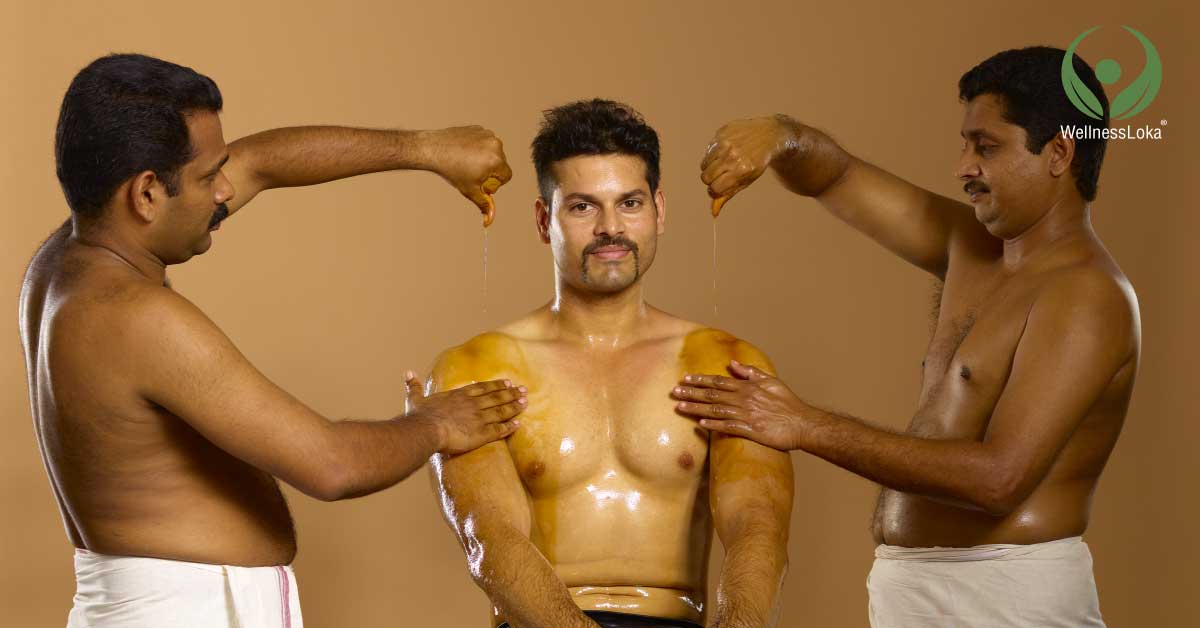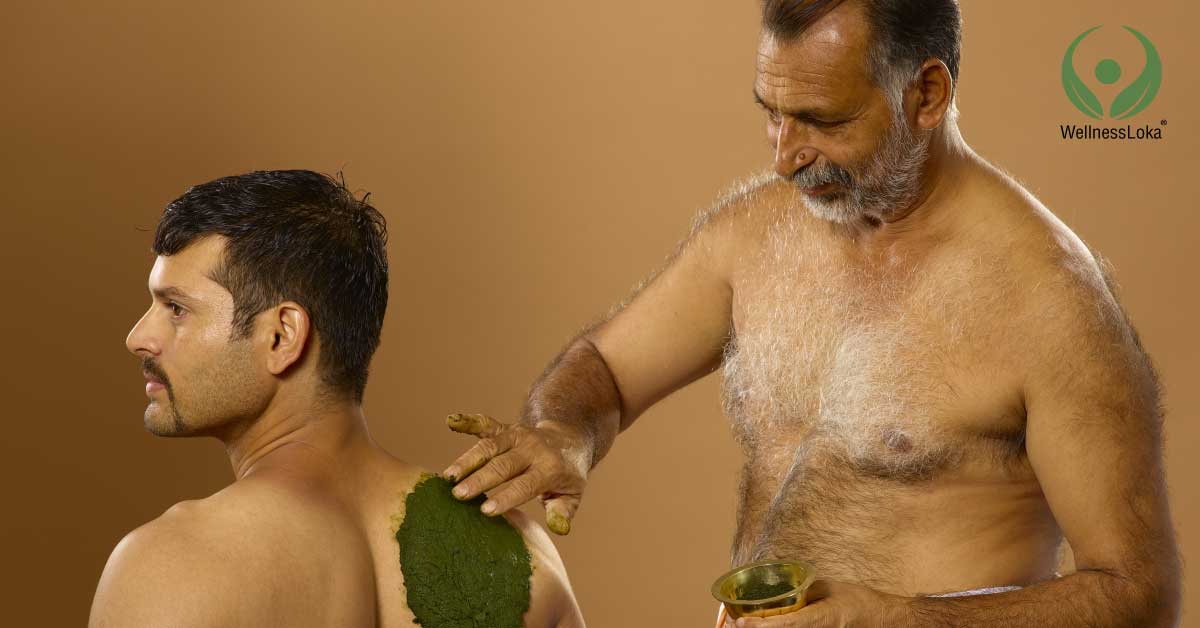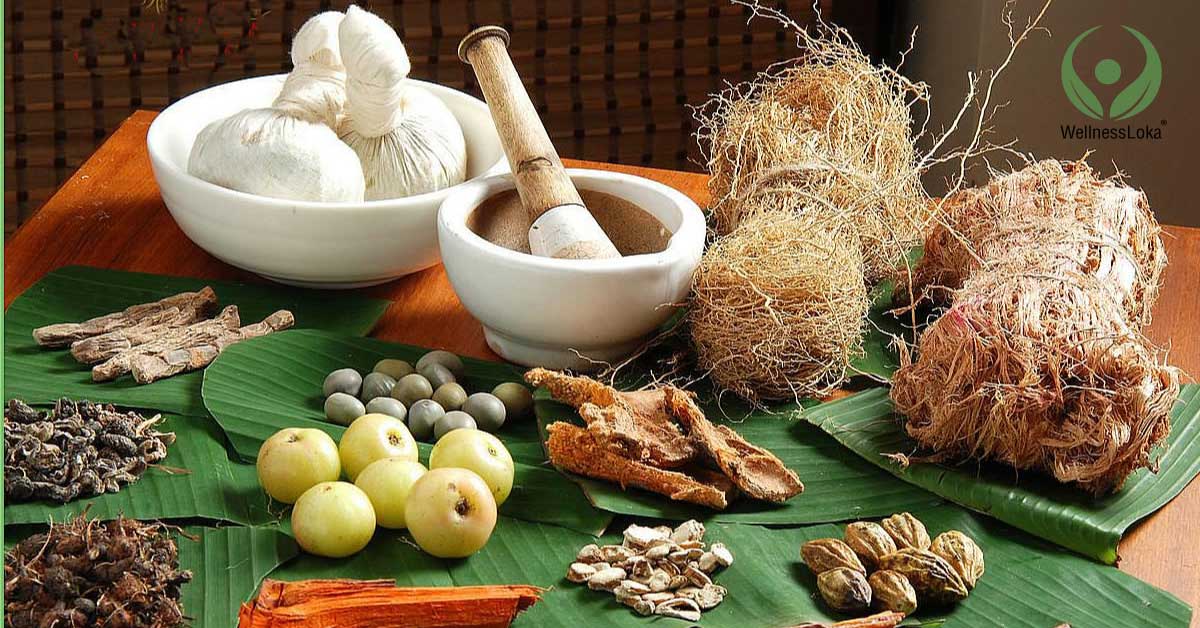Rasayana Chikitsa

In one word, we can define Rasayana Chikitsa as Rejuvenation Therapy. What does Ayurveda says about Rasayana.
“रसायनतन्त्रं नाम वय:स्थापनमायुर्मेधाबलकरं रोगापहरणसमर्थम् च ॥“
(Susrutha Samhitha : Suthra Sthana: Chapter:1: Verse:7)
Rasayana Tantra is that branch of Ayurveda that describes the methods of withholding ageing, increasing the life-span, intelligence, strength and immunity.
In total, the Rasayana Chikitsa helps in overall improvement of health.
WHAT ARE THE EFFECTS OF RASAYANA CHIKITSA?
As per Charaka Samhitha, one of the most important texts in Ayurveda, the one who undergoes Rasayana Chikitsa will obtain:-
- Prolonged life span
- Increased memory power
- Intellect
- Health
- Youthfulness
- Good lustre
- Shining complexion
- Excellent voice
- Strong body and sense organs
Charaka Samhitha, the best treatise that teaches the treatment modalities, dedicates four parts in the very beginning of its Chikitsa Sthana, (the section that teaches about the treatments). That itself shows how the Ayurveda gives emphasis on the prevention of diseases and protection of health. Yes, “Prevention is better than cure”.
TYPES OF RASAYANA CHIKITSA
There are mainly 2 types of Rasayana Chikitsa:-
- Kutipraveshika:- In this method the treatment is administered by keeping the individual inside a specially constructed cottage, without being exposed to sun and wind. In this a special cottage, with narrow ventilators are constructed as per the instructions given in the treatises. After evaluating the climate etc, the individual, enters the cottage and is subjected to purification or Shodhana Chikitsa and thereafter Rasayana Chikitsa. The Shodhana is done after evaluating the nature of the body of the individual. The administration is different formulations or drugs are done for a definite time period, in prescribed dosages.
- Vatatapika:- This treatment can be done even if the individual is exposed to wind and sun.
Note:-
The Rasayana Chikitsa should be strictly done under the supervision of a physician. The formulations and dosage are to be decided by the physician only as it varies according to nature of the body of the individual.
The individual should strictly follow the instructions of the physician.
Who All Are Eligible To Undergo Rasayana Chikitsa?
Even though the physician is the one who decides whether an individual is eligible to undergo Rasayana Chikitsa, here a general list is given below:-
- Kutipraveshika:-
- Able-bodied
- Free from diseases
- Intelligent
- Having self-control
- Having enough time to spare
- Vatatapika:-
- All others who are not eligible for Kutipraveshika Rasayana Chikitsa.
As we discussed earlier, Ayurveda not only gives importance to physical wellbeing but also to mental and emotional well being. Therefore Ayurveda also describes the good conducts, that when followed, will give rejuvenation.
REFERENCES:-
- Susrutha Samhitha
- Charaka Samhitha



















